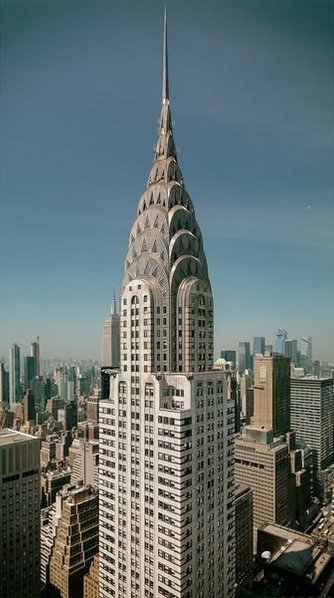
Art deco amazed the world in the 1920s, it was first introduced in Paris
 |
| photo: @chriscook_photography |
The beginnings of the art deco artistic style date back to the early years of the 20th century. It bears features of many movements, primarily Art Nouveau, Cubism, and Modernism. Originally, the style, which combines modern styles with fine craftsmanship and expensive materials (ebony, ivory), was promoted for luxury items aimed at the wealthy classes; however, the contemporary fascination with everything modern ensured that the new style gained mass appeal and extended into many fields. The new style was established not only in architecture and visual arts, where the artistic poster held a special position, or in the fashion industry and jewelry, but it also influenced, for example, the production of automobiles and everyday objects. Art deco became the style of numerous buildings from skyscrapers to bridges, cinemas, as well as residential houses, and in the new style, ocean liners, trains, cars, buses, as well as furniture and household items such as radio receivers and vacuum cleaners were created.
The refined style of applied arts and architecture striving to beautify the human environment, although it originated in France, found fertile ground in what was then Czechoslovakia. Rustic elements in early Czech art deco were awarded at the International Exhibition of Modern Decorative and Industrial Arts in Paris in 1925. The Czech art deco is also referred to as the First Republic national style, or rondocubism (also known as arch-cubism), in which the Prague Legiobanka was created, for example. In the new style, many apartment buildings, schools, villas, as well as exhibition pavilions and newsstands were constructed in Czechoslovakia.
The English translation is powered by AI tool. Switch to Czech to view the original text source.
0 comments
add comment











